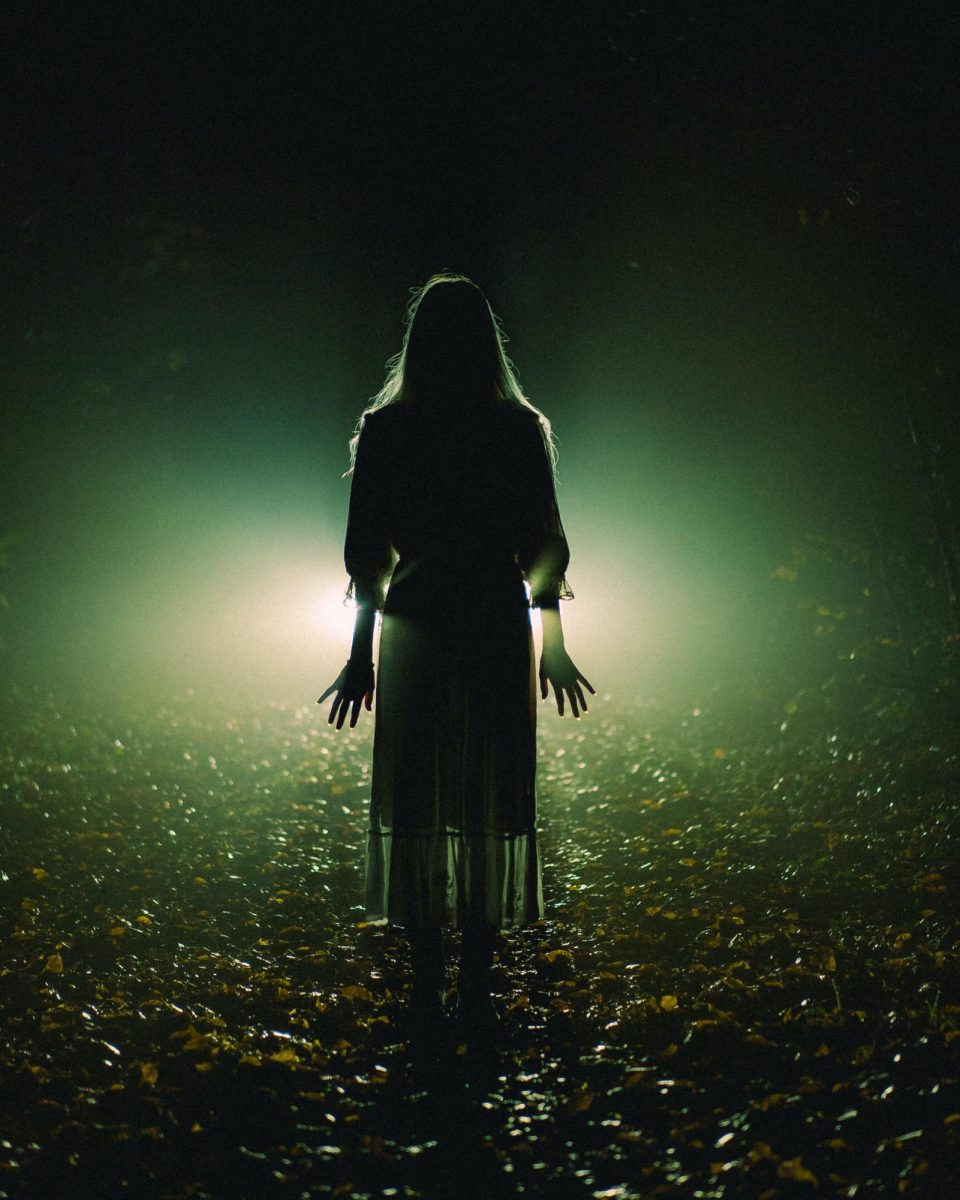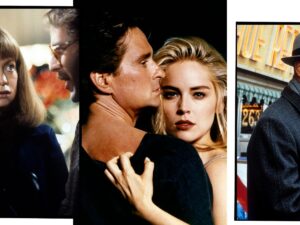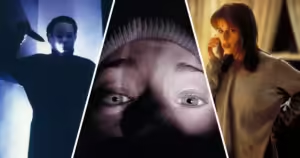
Scary movies, a genre that elicits a primal reaction from audiences, have long captivated viewers with their ability to evoke fear, suspense, and adrenaline. From the silent films of the early 20th century to the sophisticated psychological thrillers of today, horror cinema has evolved in numerous ways. This article explores the allure, evolution, and enduring popularity of scary movies.
The Allure of Fear
Fear is a fundamental human emotion, and scary movies provide a controlled environment to experience it. The appeal lies in the thrill of the unknown, the adrenaline rush, and the cathartic release that follows a scare. Watching a horror film allows audiences to confront their fears in a safe setting, providing a sense of mastery over the unknown.
Evolution of Horror Cinema
Silent Era (1900s-1920s): The genre’s roots can be traced back to silent films like The Cabinet of Dr. Caligari (1920) and Nosferatu (1922). These films relied heavily on visual expressionism and eerie atmospheres to create fear without sound.
Golden Age (1930s-1940s): The 1930s and 1940s introduced iconic monsters with Universal Studios’ classics such as Dracula (1931), Frankenstein (1931), and The Wolf Man (1941). These films established many of the tropes and archetypes still prevalent in horror today.
Atomic Age and Psychological Horror (1950s-1960s): Post-WWII fears were reflected in the horror movies of the 1950s, which often featured giant monsters and invasions, as seen in Godzilla (1954) and Invasion of the Body Snatchers (1956). The 1960s saw a shift towards psychological horror with Alfred Hitchcock’s Psycho (1960) and Roman Polanski’s Rosemary’s Baby (1968), focusing on internal fears and human monsters.
Slasher Films and Supernatural Horror (1970s-1980s): The 1970s and 1980s brought about the slasher sub-genre with films like Halloween (1978), Friday the 13th (1980), and A Nightmare on Elm Street (1984). These films introduced relentless killers and often featured high levels of gore. Simultaneously, supernatural horror thrived with movies like The Exorcist (1973) and Poltergeist (1982).
Modern Horror (1990s-Present): The 1990s and beyond have seen a diversification in horror themes and styles. The rise of meta-horror, exemplified by Scream (1996), introduced self-referential and genre-savvy narratives. The 21st century has seen a blend of psychological horror, found footage, and high-concept horror with films like The Blair Witch Project (1999), Get Out (2017), and Hereditary (2018). Contemporary horror often tackles social issues and deep psychological themes, adding layers of complexity to the fear factor.
Subgenres of Horror
The horror genre is diverse, with numerous subgenres catering to different tastes. Some of the most popular include:
- Supernatural Horror: Involving ghosts, demons, and otherworldly entities (e.g., The Conjuring series).
- Slasher Films: Featuring a killer stalking and murdering a group of people (e.g., Halloween).
- Psychological Horror: Focusing on the mental and emotional state of characters (e.g., Black Swan).
- Body Horror: Emphasizing grotesque transformations and mutilations (e.g., The Fly).
- Found Footage: Presented as if discovered film or video recordings (e.g., Paranormal Activity).
Impact and Legacy
Horror movies have left an indelible mark on popular culture. Iconic characters like Dracula, Freddy Krueger, and Michael Myers have become cultural touchstones. Horror films often reflect societal anxieties, from Cold War fears to modern-day concerns about technology and isolation. They also provide a platform for innovation in special effects and storytelling techniques.
Conclusion
Scary movies continue to be a beloved genre, offering thrills and chills to audiences worldwide. Their ability to evolve and reflect societal fears while providing a safe space for experiencing fear ensures their lasting appeal. Whether it’s a classic monster movie or a contemporary psychological thriller, horror films remain a powerful force in cinema, exploring the darkest corners of the human psyche and the world around us.





